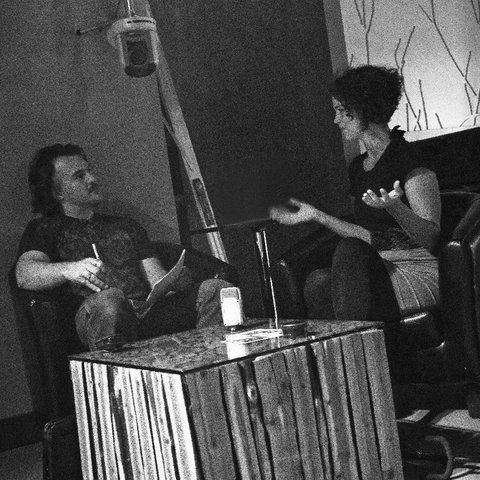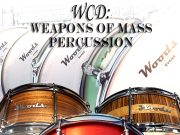The Soul of Music - The Cecilia Diaries
The Soul of Music – The Cecilia Diaries
The AD-INFINITUM of Music,
by Dean Unger
There are 150 notes on a guitar. Using the 12-note chromatic scale there are 4,017 note combinations, 2341 playable chords; there are minors, majors, arpeggios, suspended fifths, dominant sevenths, various cycles, and so on. From these, Shawn Persinger, of Premier Guitar Magazine, writes that there are potentially innumerable combinations and that of all the music world-wide, 99 percent is derived from the same harmonic theory and half a dozen scales. This clearly illustrates just how many possibilities musical notes have to offer, and suggest how very little musical territory has been explored thus far. There is more. Much more. Unless you are suffering the stern scrutiny of a Toronto Conservatory marm armed with a cane switch – find solace in that there are still songs to be written – ad infinitum.In the words of Talking Heads lead singer, David Byrne, Presuming that there is such a thing as “progress”, when it comes to music, and that music is “better” now than it used to be, is mindset typical of the high self regard of those who live in the present. It is a myth. Creativity does not improve. That is to say, a skilled, practised musician stands beside the likes of Beethoven, Grieg, Rachmaninoff, and Strauss, in the infinite potential afforded by the architecture of music. Before the interpretation of the “structure” of music, what existed were sonorous elements and music created exclusively from the soul – an intricate and complex relationship borne in the brain/body connection. This – the something inside that resonates when music is created or played – is an ancient connection to something deeper. Thus, ultimately, like the music of the spheres, and despite our efforts to structure and understand the mechanical structure of sound, remains a mystery. It is a tradition that is honoured every time a musician strives to create: soul first, mind second.












